About History – The Last of the Crusaders?
In his book, “Seven League Boots”, published in 1935, Richard Halliburton described a curious event that occurred in Tbilisi in 1915.
On page 162, in the chapter ‘The Last of the Crusaders’ Halliburton wrote:
“In the spring of 1915, some months after Russia’s declaration of war against Turkey, a band of twelfth-century Crusaders, covered from head to foot in rusty chain armour and carrying shields and broad-swords came riding on horseback down the main avenue of Tiflis [Tbilisi]. People’s eyes almost popped out of their heads. Obviously this was no cinema company going on location. These were Crusaders – or their ghosts.
The incredible troop clanked up to the governor’s palace. ‘Where’s the war?’ They asked. ‘We hear there’s a war’.
They had heard in April 1915 that there was a war. It had been declared in September 1914. The news took seven months to reach the last of the Crusaders…”
The warriors were Khevsurs from the historical Khevsureti region (Georgian: ხევსურეთი) of north east Georgia. Legend tells that they are descended from Crusaders who left France 800 years ago and became detached from the main army, marched through Turkey and Armenia and settled in the Greater Caucasus mountains in Georgia.
Though the legend is not supported by some historians it is curious that Khevsur chain armor is in the french style and the letters A.M.D. – Ave Mater Dei, the motto of the Crusaders – is carved on their shields, and Crusader crosses adorn the handles of their broadswords and are embroidered on their garments.
The pure European origin of Khevsurs is not supported by most modern scholars. However, Crusaders are mentioned in several manuscripts of the time as participants of several battles against the Muslims in Georgia (100 “Frankish” Crusaders participated in King David’s army in the Battle of Didgori), and some did pass through Georgia after the fall of the Holy Land.
The origin of the Khevsurs remains one of the most curious legends of the Caucasus and it is perhaps more romantic to believe that the warriors who rode in full armor down the main avenue in Tbilisi in 1915 really were the ‘last of the crusaders’.
 CLICK on the logo to visit GEORGIA ABOUT on Facebook and see photos and news about Georgia. Click LIKE on the page and become a friend of GEORGIA ABOUT.
CLICK on the logo to visit GEORGIA ABOUT on Facebook and see photos and news about Georgia. Click LIKE on the page and become a friend of GEORGIA ABOUT.
Comments
21 Responses to “About History – The Last of the Crusaders?”Trackbacks
Check out what others are saying...-
[…] Khevsuretis, a tough, warlike, and honor-bound mountain people reputed to be the descendants of wandering Crusaders. When did they die—200, 300, 500 years ago? Nobody knows. All that is told is that every soul […]
-
[…] Source: [x] […]
-
[…] Source […]
-
[…] Source […]
-
[…] W książce „Seven League Boots” z 1935 roku, Richard Halliburton opisał wyjątkowe wydrzenie, którego świadkiem był w Tbilisi w 1915 roku. W rozdizale „The Last of the Crusaders” Halliburton napisał: „Wiosną 1915, kilka miesięcy po tym jak Rosja Russia’s wypowiedizała wojnę Turcji, zastęp krzyżowców z XII stulecia odzianych od stóp do głów w kolczugi z tarczami i mieczami pojawił się na koniach na główwnej ulicy Tiflis [jak z rosyjska nazywano Tbilisi]. Ludzie wybałuszali oczy ze zdziwienia. Ale to nie była grupa statystów filmowych. To byli krzyżowcy albo ich duchy.” Zdjęcie otwarcia prezentuje jedną z zamieszczonych przez niego fotografii. Więcej: http://www.georgiaabout.com. […]
-
[…] way of Richard Halliburton, gay globetrotter and ersatz ethnographer – that their maille is a holdover from the Crusaders visiting them hundreds of years ago, but this seems more likely to be a romantic interpretation […]
-
[…] holy land, their forefathers instead moved north through Turkey and into the Caucasus Mountains. Other scholars say their ancestors were still crusading, just fighting Muslims in a different direction.What is known for sure about the Khevsurs is that […]







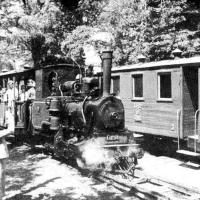
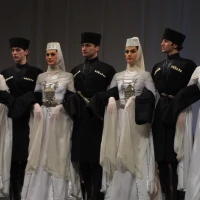
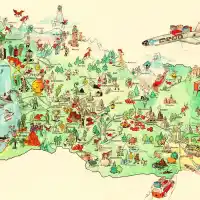

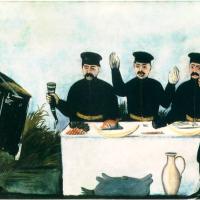

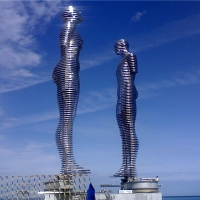
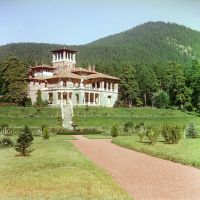
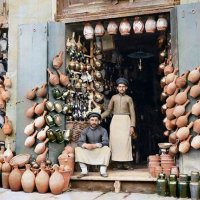





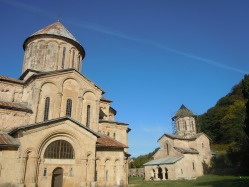

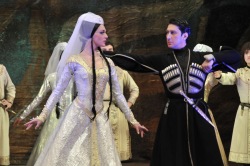







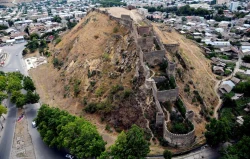



























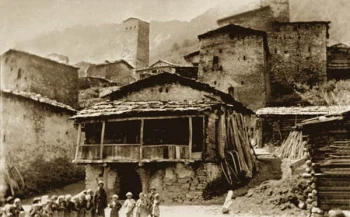

Reblogged this on Todays Sepcial News.
Thank you!
More like WOW
An amazing story that whets my appetite for coming to Georgia in October even more!
You will have an amazing time!
Wow. They are kind of scary looking.
Yes!
Interesting!
I like this bit of history and yes I think it is kind of nice to think of them as the last of the crusaders.
It must have been a sight to have seen them ride into Tbilisi.
Wow!!! Out of the mists of history they come riding in…. it is amazing! Thank you for sharing this with us…. did they go to war? What happened to them… anyone know?
No one knows what happened to them Chuck.
I had a few Khevsurs that lived in my basement in the early 70’s that worked at the mill in town. They always drank malt liquor and played dice when not working and always smelled like oat meal.
The incredible loyalty of Georgia’s Khevsur crusaders stands out even among many other fascinating stories in Halliburton’s “Seven League Boots.” The story is a credit to the enduring loyalty and heritage of the Khevsur people who painstakingly preserved the chainmail and broadswords of their Crusader ancestors since the twelfth-century.
Another remarkable tale Halliburton related after wandering Georgia’s remote Caucasus mountains in late 1934 was his interview with Zapara Kiut, a Georgian who, based upon his colorful reminisces, was 152 years old. Zapara was not unique as a mega-octogenarian, however. Many of his neighbors were well over 100.
Though chainmail wearers and super-senior citizens were the magnets that attracted Halliburton to this remote area, he was surprised to find a small group of negro people who had lived there for more than 200 years and spoke nothing but Georgian. Local oral history had it they were descendants of a slave ship that ran aground on the shores of the Black Sea nearby after being blown eastward from the Bosporus during a storm.
“A Shooting Star Meets the Well of Death, Why and How Richard Halliburton Conquered the World.” http://www.rhalliburtonstar.com, examines in detail the incredible life of this remarkable man and the seven best-sellers he wrote.